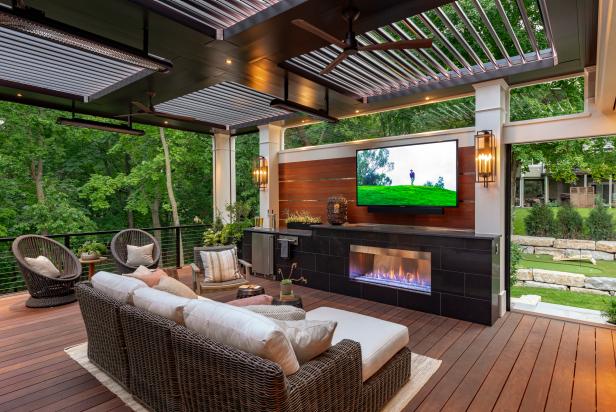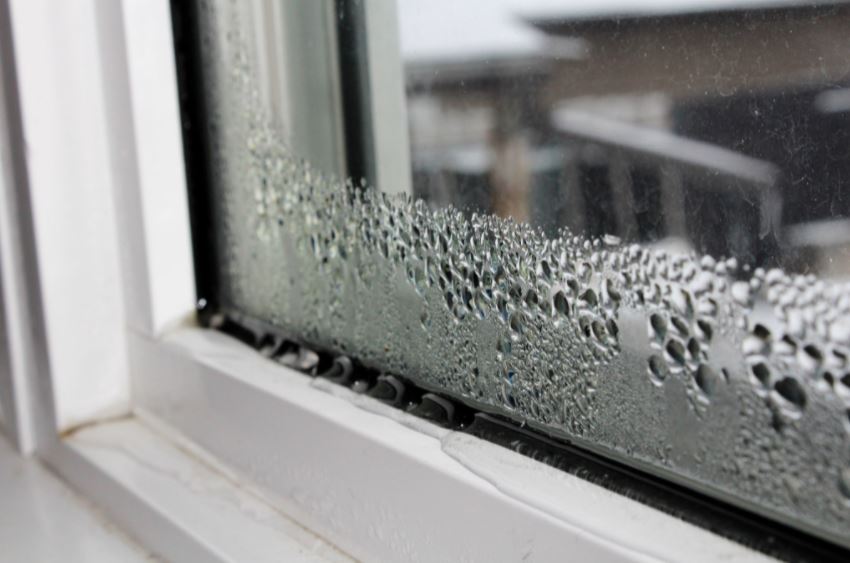Using more sustainable sources and building materials no longer remains a matter of personal choice. The building development sector has been regulated according to the measures that are to be implemented to enhance the environmental behavior of buildings and other infrastructures. Sustainable materials are expected to be durable and must possess the ability to absorb energy or CO2 while getting rid of pollution.
Concrete is the most popularly used basic component in most infrastructures and buildings. However, it’s not the most sustainable material out there. The commercial production of concrete significantly releases greenhouse gases in the atmosphere, resulting in pollution and climate change. Luckily, there are a few construction materials that are more sustainable and pose as a greener and better alternative to concrete. Here are a few of those materials.
Table of Contents
Bamboo
Bamboo is widely being used as a construction material and also to create basic amenities, such as furniture and utensils. It seems to have a promising future as it’s not only sustainable but also trendy. The main reason for bamboo being a new favorite is that it is lightweight, has tensile strength and makes a great alternative for other expensive imported building materials.
Bamboo is one of the most eco-friendly materials that are used in building in addition to its fast rate of self-generation. Some bamboo species tend to grow at a phenomenal rate— three feet a day! There’s a common misconception that bamboo is a type of wood, when in reality, it is a type of perennial grass that spreads and grows without demanding to be replanted.
Bamboo seems to be exceptionally strong, especially considering its weight. It is also a highly durable material that has better compressive strength than even brick or concrete. This sustainable building material also requires less energy intensive transport due to its lightweight. However, bamboo has to be treated in order to resist insects and rotting.
Straw Bales
Straw bale construction includes using natural and locally-available building materials. Rather than relying on factory-manufactured building materials, naturally available resources are employed to create buildings and other structures. Straw bales have helped replace a variety of other non-sustainable and man-made building materials such as concrete, gypsum and plaster.
If straw bales are sealed properly, they have a higher insulating ability. Additionally, this great building material is not only sustainable but also renewable and highly affordable.
Recycled Plastic
Plastic has transformed and emerged into a superb construction material. While you might be wondering about how hazardous plastic can be for the environment, there are methods to recycle plastic into great building materials. Rather than sourcing or mining new materials, plastic is being recycled in order to create concrete.
This amazing discovery has not only led to significantly reduced greenhouse gas emissions, but it has also been a great step towards getting rid of plastic that would otherwise be clogging landfills.
Wood
Wood has been used for decades now. It has proven to be a construction mainstay. It has many benefits over other materials such as steel, concrete or other construction materials. Trees are great building materials from an environmental perspective as it naturally absorbs carbon dioxide. Additionally, another beneficial factor is that trees don’t have to go through energy-intensive processes before being used as a construction product. Wood, such as hardwood can be used for many purposes. Comparing cross laminated timber with glulam, it is safe to say that both are highly sustainable construction materials.
Rammed Earth
Another naturally-acquired material that has been used for building and construction for hundreds of years is rammed earth. Rammed earth can be transformed into a wooden form that can be used to create walls. It is similar to concrete. Rammed earth buildings that are created these days are supported using bamboo or other materials to produce more sturdy walls.
Ferrock
Ferrock is a relatively new material introduced in the world of building and infrastructure. This highly sustainable resource uses a variety of recycled materials and resources like steel dust to create a material for building that is very similar to concrete, if not better. Ferrock serves as a great building material according to the environmental requirements as it absorbs carbon dioxide and seals it.
Cork
Cork is a tree bark, which is a rapidly growing resource similar to bamboo. This building material is highly sustainable as it’s harvested from a living tree that grows continuously and reproduces this brilliant material. Cork is a flexible yet resilient building material that conveniently reverts back to its natural form even after sustaining significant pressure. Its durability is the reason that it’s commonly used to manufacture floor tiles.
Cork also has noise absorption capabilities that make it a great component to create insulation sheets. This amazing building material is also naturally fire resistant, but only when it’s left uncoated. It’s considered environmentally friendly because it doesn’t release toxic gases into the surrounding when it burns, making it a good thermal insulator.
Cork is an impermeable material that doesn’t absorb water; however, it does become more brittle over time. Cork is considered as a slightly sustainable material as it is mainly found in the Mediterranean and shipping it can be a little pricey. This building material redeems itself as it is extremely lightweight and doesn’t consume much energy during shipping.
Conclusion
It’s high time that we stop using materials that harm our environment to create buildings and infrastructure. There are many sustainable building materials out there that can help save the planet. So let’s make a change and play our part in society.
About Author:-
Simon is an entrepreneur and self-proclaimed jack of all trades. Simon has experience in the building and home renovation industry and he knows what it takes to knock out a successful project whether it be commercial or residential. Currently, he works as a marketing consultant with ASH – a leading supplier of the best quality Australian hardwood. Another niche for Simon is travel and outdoors leisure, including sporting equipment and bikes. A big kid at heart if it goes fast, bounces, slides or you can climb it Simon has put it to the test.




